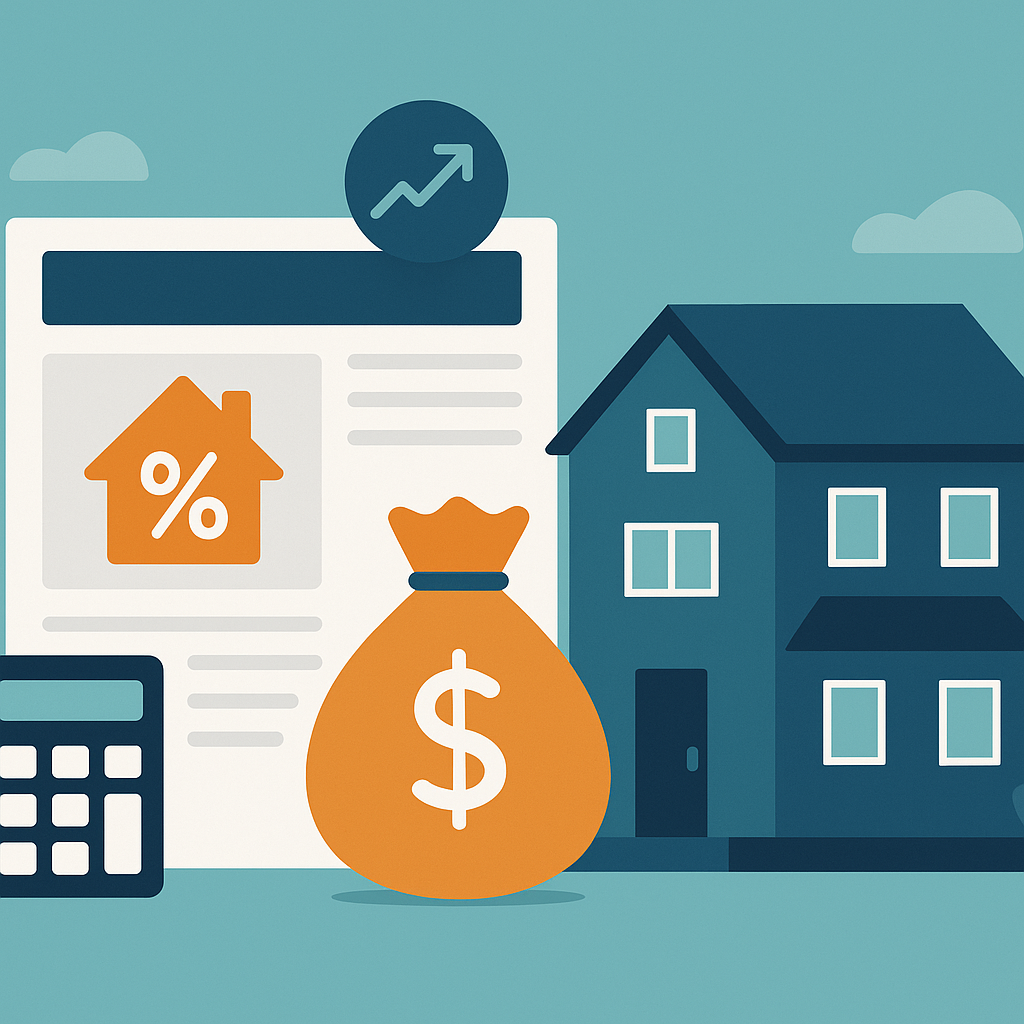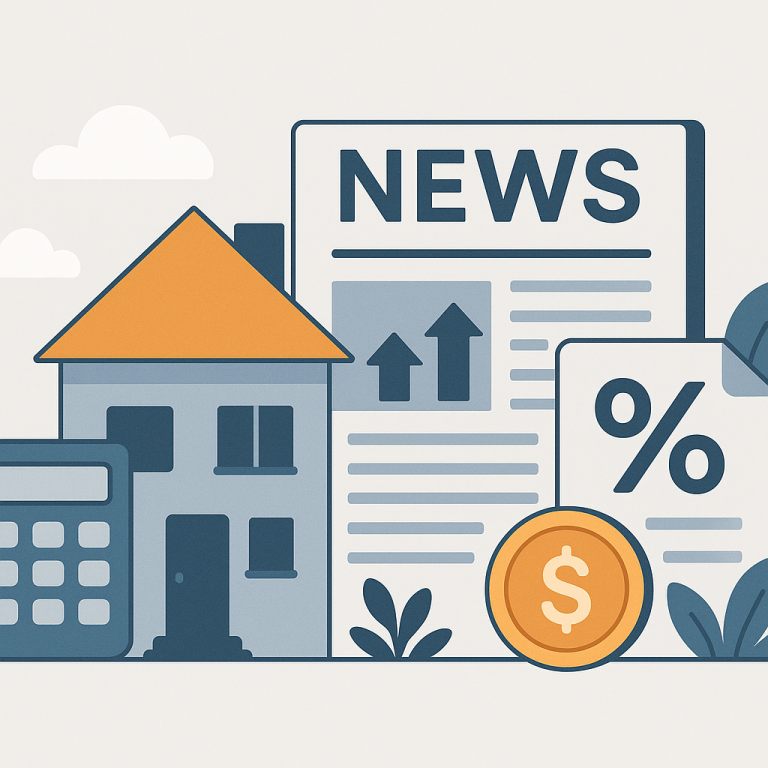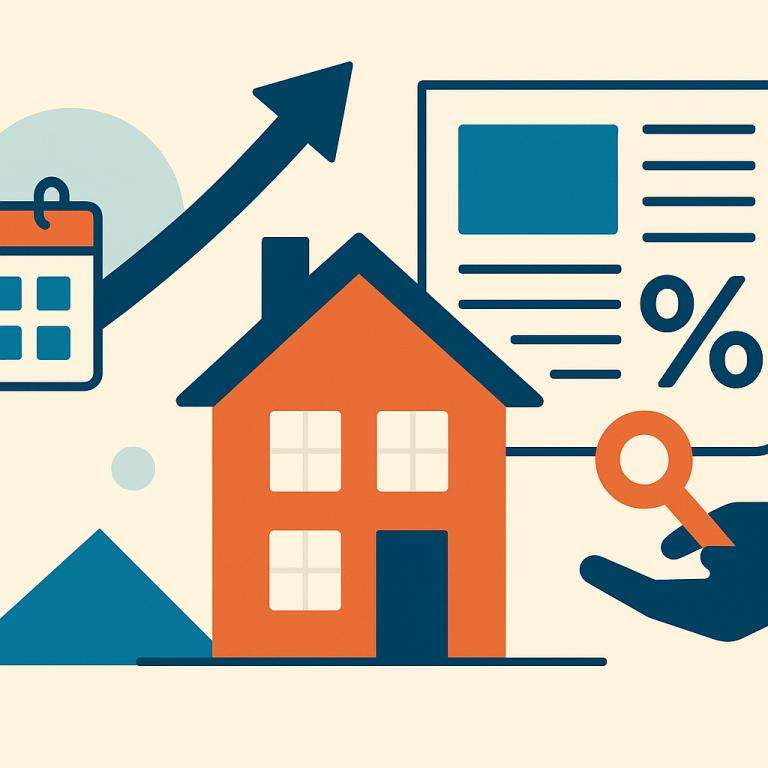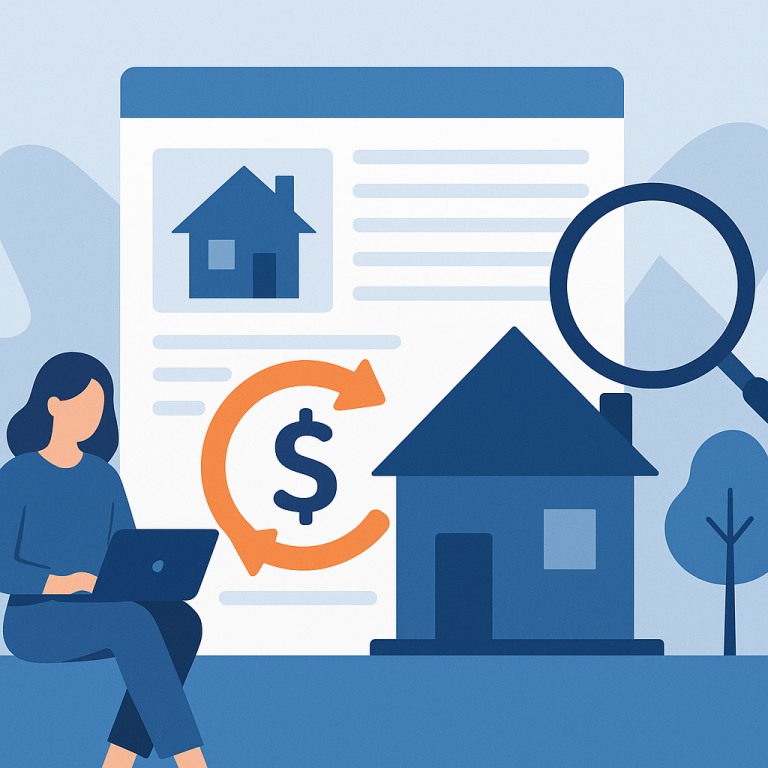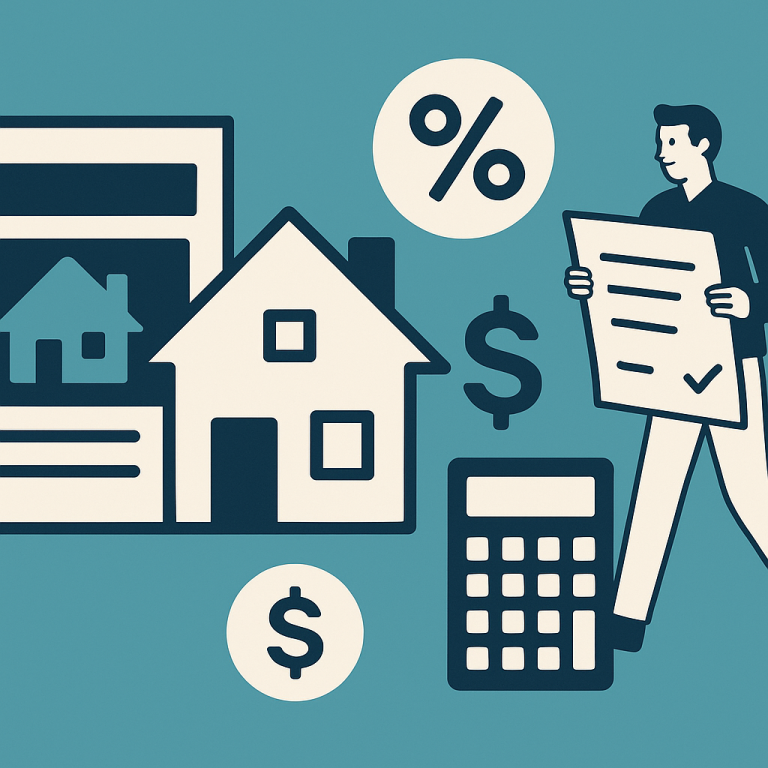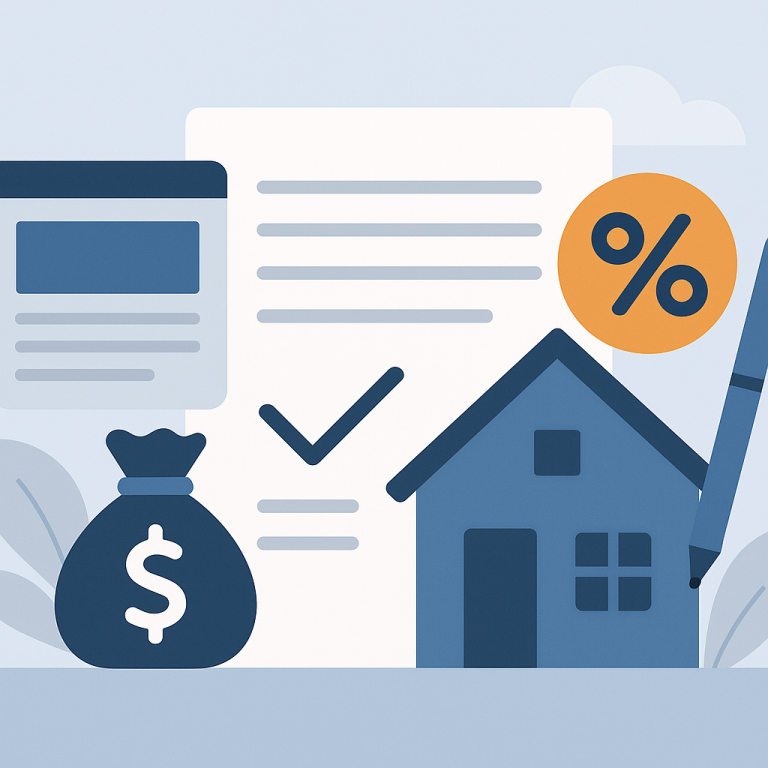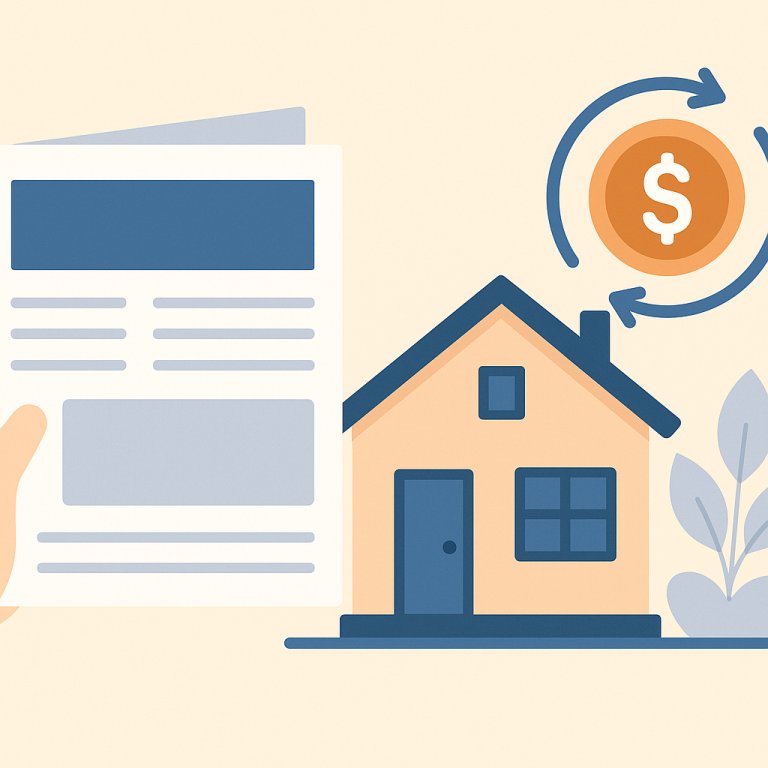Major Lender Cuts Refinance Fees, Average Closing Costs Drop $900
At a glance: Lower refinance fees and closing costs and how it could affect refinancing decisions.
Lenders have cut refinance origination fees, reducing closing costs and shortening breakeven timelines for many borrowers.
What Lower Refinance Fees Mean for Borrowers
Mortgage refinancing activity is showing renewed momentum as interest-rate volatility eases and lenders refresh product offerings. For many homeowners, the environment is prompting a reassessment of whether refinancing now will deliver meaningful savings or support other financial goals such as debt consolidation or home improvements.
Why refinancing is back on household radars
After a period of rapid rate movement and tightened lending standards, market conditions have become more predictable. Lenders are reintroducing competitive rate-and-term deals and targeted cash-out options, while underwriting continues to favor borrowers with stronger credit profiles. This combination is creating windows of opportunity for homeowners who can meet current eligibility criteria and have clear objectives for a refinance.
What lenders are offering and what’s changed
Lenders are focusing on a few core product categories: rate-and-term refinances aimed at lowering monthly payments or shortening loan terms, cash-out refinances for borrowers seeking liquidity, and refinances that allow borrowers to switch the structure of their loan (for example, from adjustable to fixed). At the same time, some lenders remain selective about higher-risk profiles, and closing costs remain an important factor in determining whether a refinance makes financial sense.
Practical considerations for homeowners
Deciding whether to refinance requires weighing several variables beyond the advertised interest rate. Homeowners should consider the break-even period—the time it takes for monthly savings to offset closing costs—the remaining term on the existing mortgage, and how long they plan to keep the property. Credit score, loan-to-value ratio, and documented income will influence pricing and approval odds, and changing loan types can affect future flexibility.
Homeowner takeaways
- Clarify your goal: Are you seeking lower monthly payments, reduced total interest, cash for a project, or more predictable payments? Your objective determines the best refinance path.
- Calculate break-even carefully: Include all closing costs and evaluate whether anticipated savings justify the transaction given your planned time in the home.
- Shop multiple lenders: Small differences in fees or loan pricing can change the outcome. Obtain and compare full estimates, not just headline rates.
- Review loan terms, not just rates: A lower rate on a longer term can increase lifetime interest. Conversely, shortening the term will raise monthly payments even if the rate is lower.
- Check qualification criteria early: Understand how your credit score, documentation, and home equity affect offers to avoid surprises during underwriting.
- Consider timing and flexibility: If you expect to move or refinance again, factor in portability of the rate and potential prepayment costs.
Looking ahead
Refinancing decisions are becoming more situational as markets stabilize. Homeowners who combine a clear objective with disciplined comparison-shopping and a realistic assessment of costs can often find refinances that align with their financial plans. Those who are uncertain should consult with trusted mortgage professionals and run scenario analyses before making a commitment.
META: refinance-market-stability-homeowner-guidance

